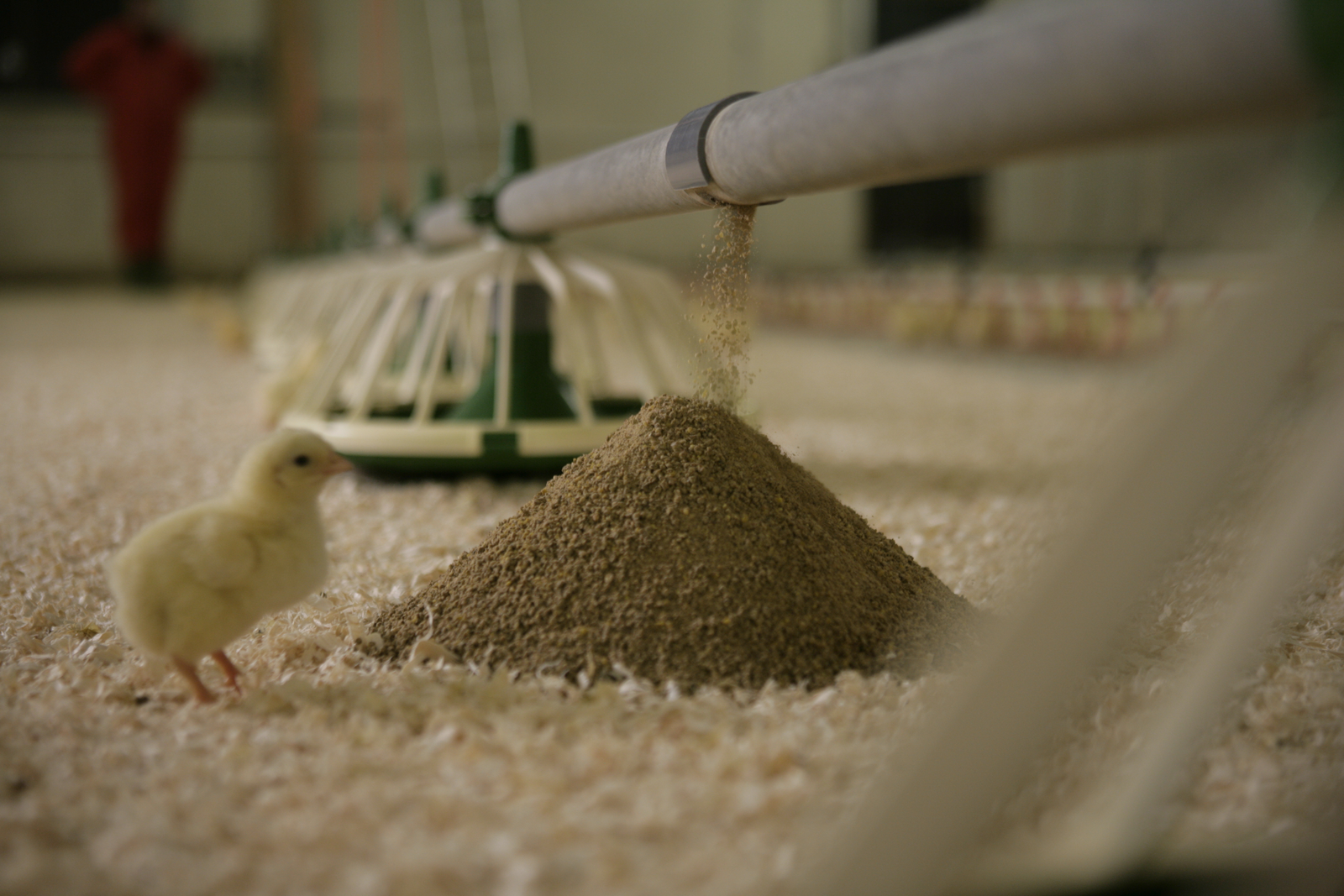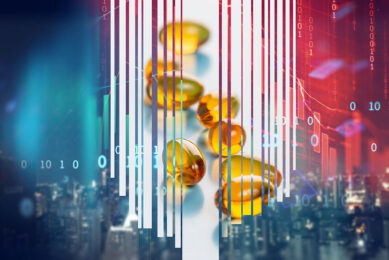Ukraine’s feed industry – renewing facilities and processes

The Soviet Union’s granary – that’s what Ukraine used to be called. Even today grain production is very important. Both the country’s poultry meat and pork industries have grown tremendously over the last decade and will continue to do so. As a result, Ukraine is once more the centre of animal feed production.
By Hans van der Lee
By the end of 2012, Ukraine had about 120 companies specialised in animal feed production, of which 40-45 are fully independent, the remainder are part of vertically integrated companies in the poultry or pork industries. The pork sector is responsible for about 70% share of the animal feed market. Total production capacity is estimated to be 12-15 million tonnes per year – although capacity is only at half-strength at the moment. Grains are Ukraine’s most important compound feed component, comprising of 70% of the total volume, followed by oil seeds at about 20%. The feed is sold to the poultry sectors (50%), pigs (20%) and others including sheep, goats, aquaculture (30%).
Overview
In 2011, Ukraine’s total production amounted to 6.3 million tonnes. Analysts expect production to rise over the coming years through further investments by local as well as international animal feed manufacturers. The majority of the production facilities were built between 1970 and 1980, and both plants and technology require upgrades. These former state-owned facilities not only need the equipment replaced, but also the reconstruction of buildings and infrastructure. The Mironovskyi Hliboprodukt, is a good example of what to aim for, it is a versatile industrial complex that includes various up-to-date production facilities for feed, as well as one for proteins and silos.
Trends
Ever since 2009, stabilising and growth of animal feed consumption has been the trend, as a result of the increasing poultry meat and pork industries. At the same time, a vertical integration of feed production by large producers could be noted. Investing is omnipresent in novel production technologies, reconstruction and modernising of older plants, as well as the construction of new ones. The production volume of compound feeds is still growing and even new production facilities and premix factories have a place. The amount of proteins and additives in compound feeds is still growing.
Foreign presence
The Ukrainian market is mostly covered by French, Austrian and Dutch companies, delivering concentrates and additives for animal feed production. This includes for eg. La Roche, Aventis and Rhône-Poulenc (France) and Nutrifeed, Agrifirm/Nuscience CHV Korm (the Netherlands).
The Ukrainian-American joint venture Kiev-Atlantic Ukraine was founded in 1994. Four years later, an integrated agricultural centre was taken into use, including facilities for the production of compound feeds and additives with a total annual capacity of 85,000 tonnes for feed and premixes. About ten years ago, the company started producing small granulated pellets.
Konstanta-Agro near Berestok in the Donetsk region is a Ukrainian-Hungarian joint venture in green feed plants, and has invested over US$1.5 million to modernise its production facility for compound feed. The company produces complete feeds, protein-vitamin additives and concentrated compound feed for cattle, pigs, poultry and fish.
The Dutch CJSC Theeuwes Holding Thegra Ukraine has been launched by Theeuwes Group in 1997. About five years ago, the company opened in Haisyn, Vinnytsia region, a new factory for the processing of oil plants, like soy, rapeseed and flax.
They are processed as oil containing feeds, plant-derived oils and soy extruder. It aims for an annual production of 55,000 to 60,000 tonnes. The investments for the production facility amounted to about €1 million.
American company Cargill will build a compound feed factory in Kutsivka, in the Kirovohrad region, with an annual capacity of 50,000 tonnes per year. Estimated expenses amount to US$7 million. The main plan is to sell the entire nutritional portfolio to local livestock producers using the Purina brand and a dealer network. To realise this, about 100 dealers will have to be found in the next three years.
Other foreign companies have also displayed interest to invest in Ukraine – among them companies from France, Germany, Czech Republic and Thailand.
Opportunities
Foreign agribusiness companies may see opportunities in supplying modern technology in production facilities. This could refer to machinery, but also to consultancy and management. In addition, the development of small retail shops for compound feed for smaller agricultural businesses does seem to offer opportunities.
About 65% of premixes and additives are being imported while the total market is growing, as poultry and pig industries continue to grow. In the future, there will be a larger demand for leftover disposal processing technology. Last but not least, there are opportunities for promoting and sales support of independent producers.
This article appeared in Berichten Buitenland 11, November 2011 – a journal on international agribusiness published by the Dutch Ministry of Economic Affairs. The analysis was based on a concept feed market study by Tebodin.
Nuscience CHV Korn
One of Agrifirm’s subsidiary companies is Nuscience CHV Korn – active on the Ukrainian market. John Vandenboorn, the company’s director says: “We mainly serve the swine industry with concentrates. These are protein supplements which are being mixed on-farm with the grains. A blend will consist of 70% cereals and 30% concentrate.”
Nuscience CHV Korn has been growing strongly over the last two years. Vandenboorn says, “In 2011, revenues doubled in comparison to 2010. That was the result of a strategic change – for two years we have been focusing on semi-professional and professional farms. Those are more modern when looking at facilities and management.”
Quality is what sells, Vandenboorn says. “Not only product quality, but also quality by doing what we promise. In addition, we give support to their farm management by transferring additional knowledge.”
Vandenboorn continues, “Our people are an important factor in our success. We cooperate with Ukrainian people who used to work in the Danish pig industry. They have knowledge of pigs and they speak English. It has become increasingly difficult for them to obtain working permits, so large numbers have returned to Ukraine. We have appointed about ten sales managers in the last 12 months.”
As for do’s and don’ts Vandenboorn points to finding a financially reliable partner. In addition, it is essential to be present on-site virtually all the time. He says, “It is a fallacy to think one can manage the facility by jumping into a plane every now and then – or even worse, to think that one can manage from a distance. I am in Ukraine for eight weeks and then I travel to the Netherlands for a fortnight.”
He concludes, “My biggest challenge for the years to come is to find the right people.”
Join 26,000+ subscribers
Subscribe to our newsletter to stay updated about all the need-to-know content in the feed sector, three times a week. Beheer
Beheer









 WP Admin
WP Admin  Bewerk bericht
Bewerk bericht